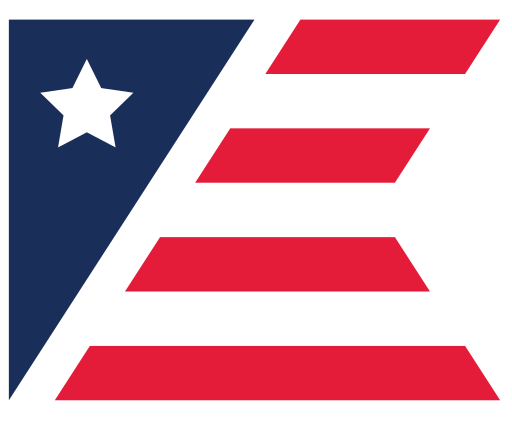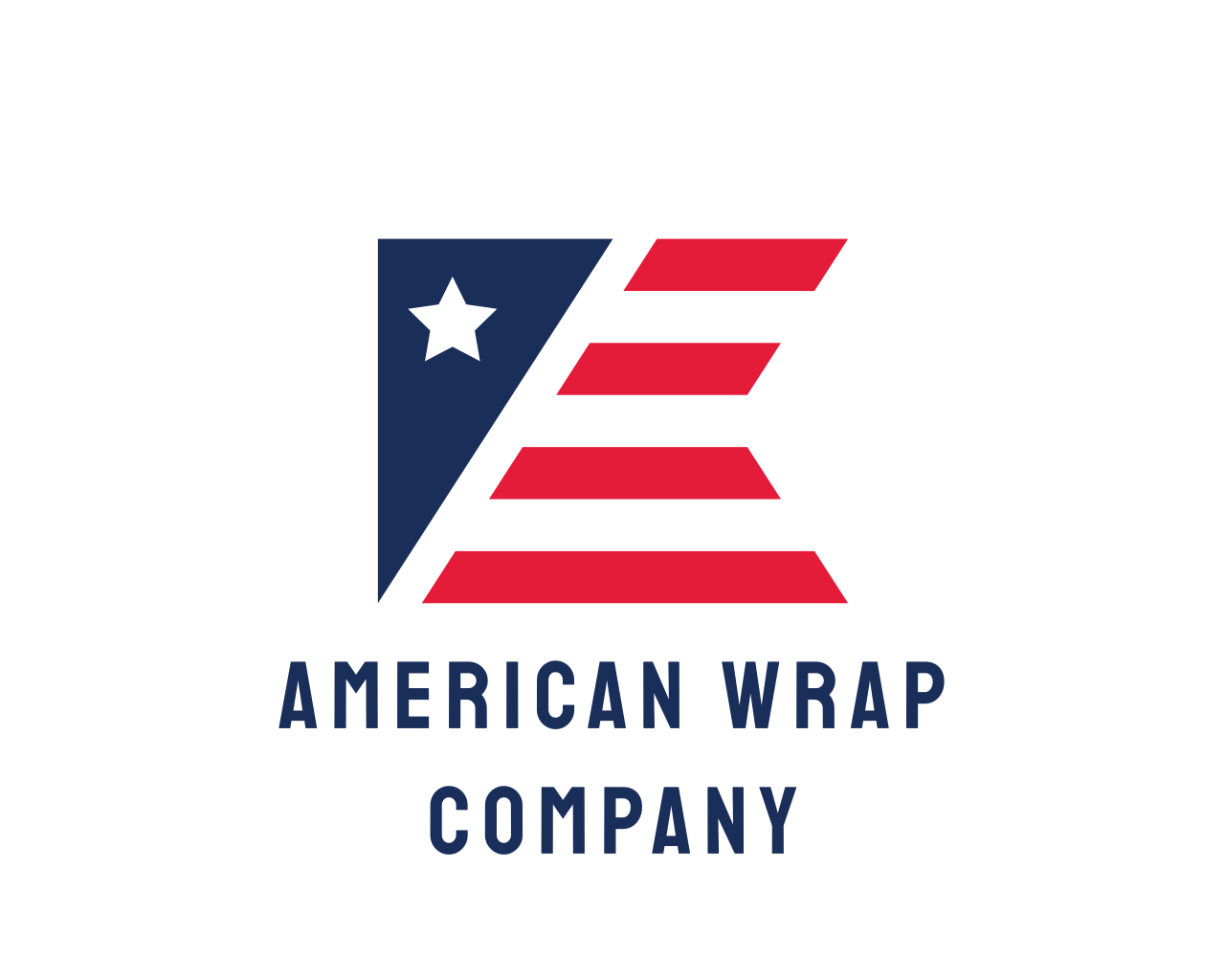What is vehicle wrapping, and how does it differ from painting?
Vehicle wrapping involves covering the car’s exterior with a thin, adhesive vinyl film. Unlike painting, it’s a reversible process that allows for a wide variety of designs and colors, providing both aesthetic appeal and paint protection.
How long does a vinyl wrap last on a vehicle?
High-quality vinyl wraps typically last between 5 to 7 years, depending on factors like maintenance, exposure to the elements, and the quality of the installation.
What is paint protection film, and what are its benefits?
Paint protection film is a clear, durable film applied to the car’s exterior to protect the paint from scratches, chips, and contaminants. It’s virtually invisible and helps maintain the vehicle’s aesthetic appeal while protecting its value.
At American Wrap Company – we use only 3M Paint Protection film, which will provide many years of non-yellowing protection.
Can paint protection film be applied over a vinyl wrap?
Yes, paint protection film can be applied over a vinyl wrap. It adds an extra layer of protection to the wrap, safeguarding both the vehicle’s original paint and the vinyl. This is rarely necessary, however.
What is a chrome delete, and what does it involve?
Chrome delete refers to covering all chrome parts of a vehicle, such as grills, badges, and window trims, with a vinyl wrap. It’s a popular aesthetic upgrade that provides a sleek, modern look to the vehicle.
How does window tinting benefit my vehicle?
Window tinting offers several benefits, including enhanced privacy, reduced glare, protection against UV rays, and improved interior comfort by maintaining cooler cabin temperatures.
Are there different types of window tints available?
Yes, there are various types of window tints available, differing in materials, shades, and UV protection levels. Options range from dyed and metallic films to carbon and ceramic tints, each offering unique benefits.
How do I care for and maintain my vehicle after these services?
Proper maintenance includes regular cleaning with suitable products, avoiding harsh chemicals, and keeping the vehicle away from extreme conditions when possible. For wraps and tints, it’s recommended to avoid high-pressure washing and to use a soft cloth for cleaning.

